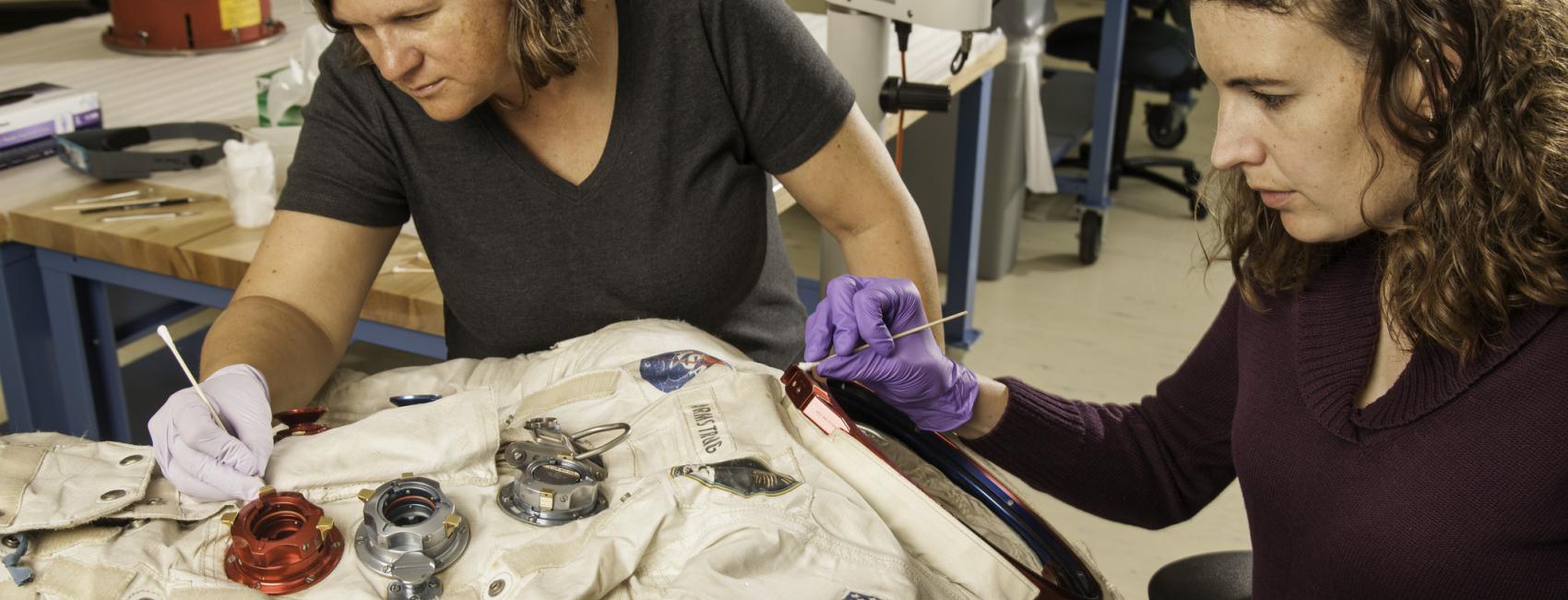
Sep 23, 2014
By David DeVorkin
Noel W. Hinners Scientist, NASA Administrator, Museum Director 1935 – 2014
Noel W. Hinners was the Director of the National Air and Space Museum from 1979 through 1982.
Noel Hinners served as director of the National Air and Space Museum from 1979 through 1982. He expanded the intellectual scope of the curatorial departments and fostered greater attention to the space sciences, a reflection of his own remarkable career. Born in New York and raised in Chatham, New Jersey, Hinners entered Rutgers University to study agricultural research but became interested in geology. He pursued geochemistry as a master’s student at Caltech. Contact with advanced studies in meteoritics and solar system science propelled him to Princeton for a PhD in geophysics and geochemistry. In 1963 he accepted a job at Bellcomm in Washington, D.C., a major contractor for the Apollo program. At Bellcomm Hinners led the effort to select Apollo lunar landing sites and helped develop lunar field geology for Apollo and train astronauts for it. He showed early talent for management. “My whole career has been built on just surrounding myself with the best people I could find, letting them do their job,” he said. “If they don’t, change them out.” Hinners joined NASA in 1972 as director of lunar programs. Soon promoted to associate administrator for space science, he championed planetary research. He left NASA in 1979 to become the first scientist to run the new National Air and Space Museum, where he joined former colleague Farouk El Baz, who had established the Museum’s Center for Earth and Planetary Studies. He returned to NASA in 1982 as director of Goddard Space Flight Center and later became the agency’s first associate deputy administrator and chief scientist. After leaving NASA in 1989, he joined Martin Marietta, where he took part in a wide range of planetary mission activities until his retirement in 2002. Noel Hinners was a leading light in the pursuit of lunar and planetary science. He is warmly remembered for his humor, collegiality, and effective management practices.

We rely on the generous support of donors, sponsors, members, and other benefactors to share the history and impact of aviation and spaceflight, educate the public, and inspire future generations. With your help, we can continue to preserve and safeguard the world’s most comprehensive collection of artifacts representing the great achievements of flight and space exploration.
We rely on the generous support of donors, sponsors, members, and other benefactors to share the history and impact of aviation and spaceflight, educate the public, and inspire future generations. With your help, we can continue to preserve and safeguard the world’s most comprehensive collection of artifacts representing the great achievements of flight and space exploration.